News & Stories
Recent reports in the media claim that better indoor air quality may help reduce the spread of COVID-19 because the vast majority of virus transmissions occur indoors. The study acknowledges that the best way to prevent the virus spreading is for people from different households not to meet each other inside. If this cannot be avoided, then there are measures that can be used to remove or separate the pathogen, which revolve around maintaining clean air through ventilation or air purifiers/filters. The report stresses that although these controls can be the most effective, they should always be used alongside social distancing and wearing face masks where these are recommended.
Using our recommended five tips, Global Action Plan reviewed the study:
| Questions to ask to get to the truth | Our response |
| 1. Does the article refer to a report to back up its claims? | Yes, the article refers to the results of a study in a scientific paper published recently in a journal called Environment International. |
| 2. Who is behind the study it refers to? |
The study was carried out by a group of international scientists from a number of universities and research institutes in Australia, Europe, UK, Japan, Singapore, China and North America. The team was led by researchers at the International Laboratory for Air Quality and Heath based at Queensland University in Australia. |
| 3. How fantastical and radical is the claim that is being made? |
The claim is evidence-based because airborne transmission of COVID-19 via small microdroplets (aerosols) has been identified by several hospital-based studies, so eliminating or dispersing these aerosols should reduce virus transmission rates. Furthermore, even without the risk of COVID-19, it is well established that it is important to ventilate or purify indoor air in order to reduce pollution because of the associated health risks.
The study’s authors quantify the rate at which air should be replaced for some examples (such as room size and number of people) and alert readers to the fact that the World Health Organisation recommends a higher rate during a pandemic, which gives further authority to the study’s claims. Very usefully for the public, the study also gives practical advice about ventilating houses and flats by opening windows and using extractor fans whenever possible, and by making sure central heating systems are maintained as winter approaches. |
| 4. What geographical region does the claim refer to? |
The report is based on different studies carried out in many countries around the world, so globally or near global. |
| 5. What is the sample size of the study? |
Because the study brings together and assesses the results of a number of studies each with their own sampling rates and methods, no single sample size can be calculated. |
Want to talk to us about any of our projects? Please get in touch with us here.






